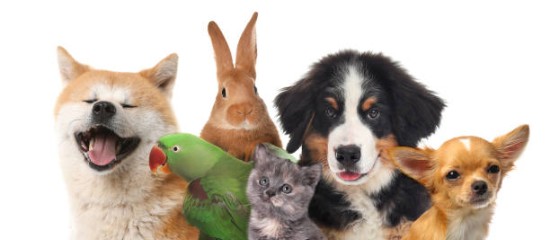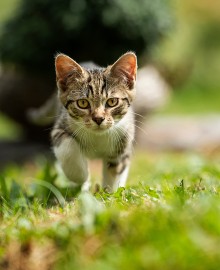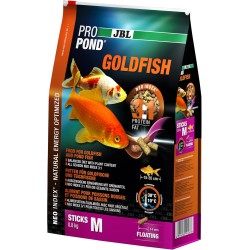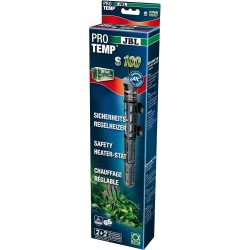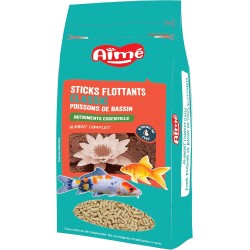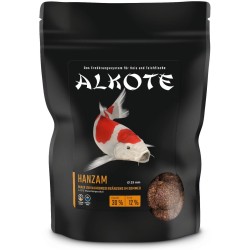| Breed Recommendation | Koi, Goldfish, Veil Tails |
|---|---|
| Pet Life Stage | All Life Stages |
| Product Dimensions | 9 x 9 x 19.8 cm; 600 g |
| Flavour | Fish |
| Item Form | Pellet |
| Size | 600 g (1er Pack) |
| Number of Items | 1 |
| Storage Information | Store dry |
| Item Weight | 600 g |
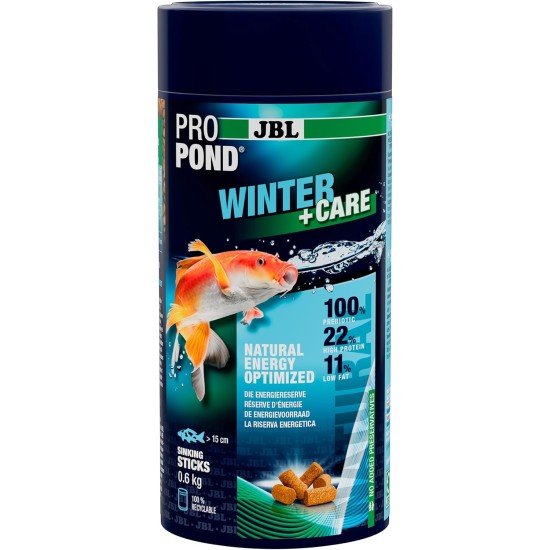
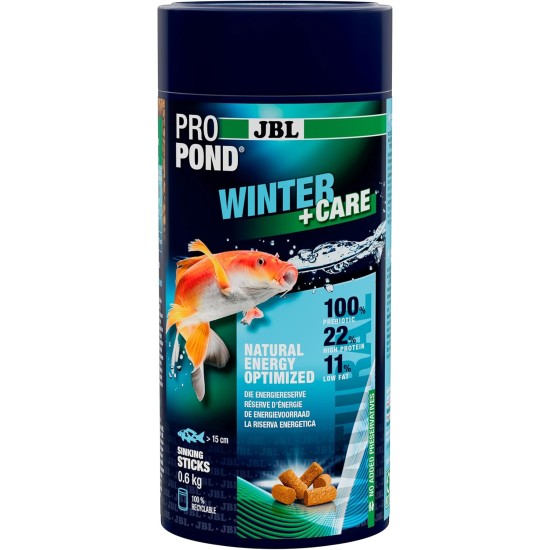
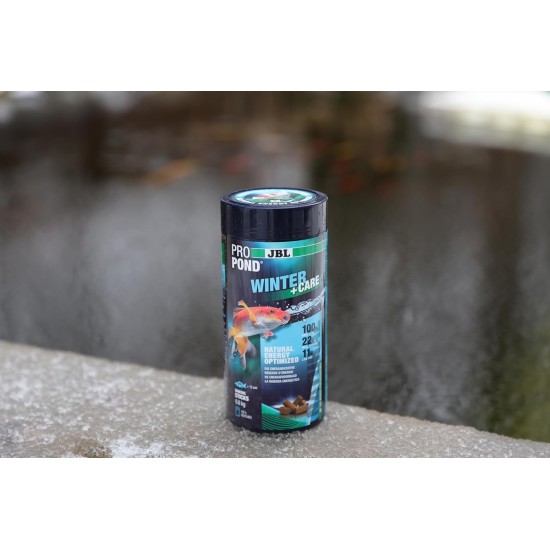
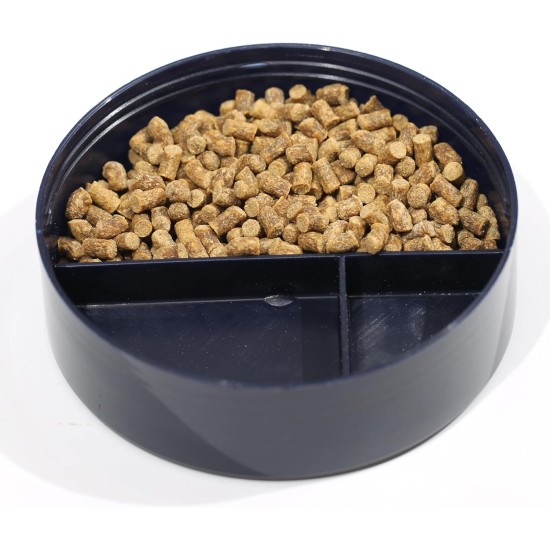
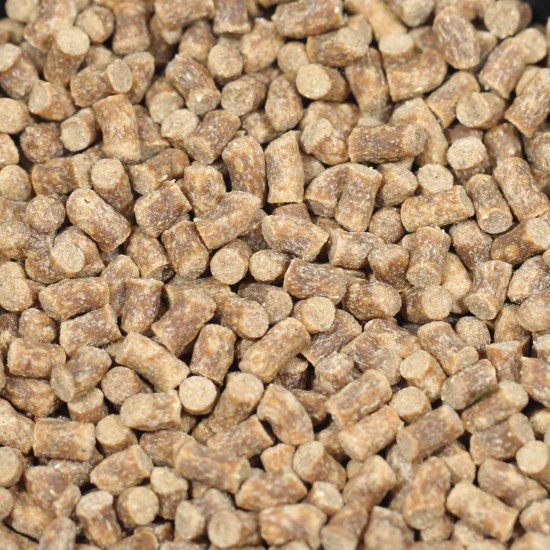





- Stock: In Stock
- Brand: JBL
- Model: B0DWMZT388
- Weight: 600.00g
- Dimensions: 9.00cm x 9.00cm x 19.80cm
- SKU: B0DWMZT388
- ISBN: B0DWMZT388
More from this brand
- Thanks to the easily digestible formula, it provides optimal energy reserves at low winter temperatures (between 5 and 15 C)
- Complete food with protein fat ratio of 2:1 for low water temperatures. Feed the fish only when they are still active
- The easily digestible formula with high-quality wheat germ provides the fish with quickly available energy at low temperatures as long as the fish do not rest on the ground
- Sinking food sticks with the right composition for the coldest season with 22% protein, 11% fat, 2% crude fibre and 6% crude ash. No colourants or preservatives
- Food sticks in resealable, air- and waterproof and light-proof bag/tin for quality preservation. The mono material of the bag/can can be completely recycled without separation
About this item
Technical Details
Important information
Indications:
Feed once or twice a day as much as is eaten in minutes.
Ingredients:
Wheat flour, wheat germ flour: 15%, corn flour, salmon flour, rice flour, krill flour, wheat glue, fish oil: 4%, yeast products, alfalfa flour, seaweed flour, garlic powder: 2%
Directions:
In winter, or depending on the climate zone, the low water temperatures between 5 and 15 °C make it difficult to digest food. As long as the fish rest at the bottom of the pond, they consume very little energy and consume the reserves they hopefully have built up in the fall through proper nutrition. During this rest period, feeding is absolutely not recommended, as the animals may be taken out of their resting phase or the food lies unnoticed at the bottom of the pond and decomposes (thus consuming oxygen and polluting the water). But if the fish are still or again active, they consume energy. So that it is not consumed exclusively by its reserves, a feeding with very easily digestible food is useful.
From the manufacturer

Das neue PROPOND Teichfutter steht für ein natürlich energieoptimiertes Ernährungskonzept für Teichfische. Es basiert auf natürlichen Rohstoffen in bester Qualität und liefert gezielt Energie für Widerstandskraft und Aktivität. Die optimal abgestimmten Rezepturen sind ausgewogen und leicht verdaulich, was zu einer verbesserten Futteraufnahme und Vitalität der Fische beiträgt.
Dank neu entwickelter und verbesserter Rezepturen enthält das Futter präbiotische Bestandteile, die die Verdauung fördern. Ergänzt wird dies durch wichtige Vitamine und bioverfügbares Zink, welche die Gesundheit und das Immunsystem der Fische zusätzlich unterstützen.
Auf Konservierungsstoffe wird bei allen PROPOND Futtermitteln vollständig verzichtet – für eine noch natürlichere Ernährung. Auch in Sachen Nachhaltigkeit setzt PROPOND Maßstäbe: Dose, Beutel und Eimer bestehen aus Monomaterial und sind zu 100 % recyclingfähig.
Alle PROPOND Produkte werden zu 100 % in Deutschland hergestellt – im modernen JBL Werk in Neuhofen. Dort garantiert eine nachhaltige und technisch fortschrittliche Produktionsanlage höchste Qualität und Produktsicherheit.

JBL PROPOND JAHRESZEITEN
Fit und gesund bei jeder Temperatur - JBL PROPOND JAHRESZEITEN bietet für jede Jahreszeit das passende Futter. Die Wassertemperatur entscheidet über das Protein-Fettverhältnis. Sobald die Wassertemperatur unter 10 °C fällt und die Teichfische noch aktiv sind, sollte ein sinkendes Winterfutter mit einem hohen Fett- und niedrigem Proteingehalt gefüttert werden. Im Sommer hingegen, bei einer Wassertemperatur von über 20 °C, sollte ein schwimmendes Sommerfutter mit einem niedrigen Fett- und hohem Proteingehalt gefüttert werden. Die Aktivität und damit der Stoffwechsel ändert sich also je nach Jahreszeit.
JAHRESZEITEN

SPRING+GROWTH
Nach der Winterruhe (> 10 °C) benötigen Teichfische nährstoffreiches Futter um wieder Energie und Widerstandskraft aufzubauen. Mit einem Proteingehalt von 28 % und einem geringen Fettanteil von 8 %, sorgt das Frühjahrsfutter für eine leichte Verdaulichkeit und stärkt zugleich Teichfische für die darauffolgenden Sommerzeit.

SUMMER+COLOR
Im Sommer (> 20 °C) benötigen Teichfische leicht verdauliches Futter, um die Verdauung bei hohen Temperaturen nicht zu überlasten. Mit einem hohen Proteingehalt von 32 % und einem niedrigen Fettgehalt von 8 %, stellt das Sommerfutter eine ausreichende Proteinversorgung für Teichfische sicher.

AUTUMN+PREPARE
Nach dem Sommer (< 20 °C) benötigen Teichfische ein Futter mit hohem Energiegehalt um sich auf die kalte Jahreszeit vorzubereiten. Mit einem Proteingehalt von 28 % sowie einem erhöhten Fettgehalt von 10 % unterstützt das Herbstfutter Teichfische bei der Einlagerung von Energiereserven.

WINTER+CARE
Im Winter (< 10 °C) benötigen Teichfische leicht verdauliches Futter, solange sie noch aktiv sind. Mit einem niedrigen Proteingehalt von 22 % sowie einem erhöhten Fettgehalt von 11 % stellt das Winterfutter eine ideale Energieversorgung für Teichfische sicher, ohne den Stoffwechsel zu überlasten.
